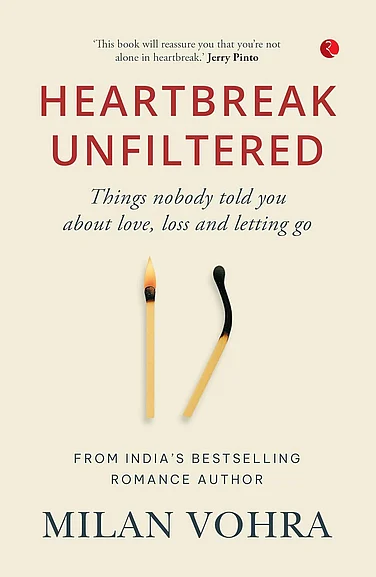When he first mentioned the idea for this book, I must confess I was somewhat sceptical. I understood the seed. I didn't understand how the method of Defoe's Memoirs of a Cavalier was going to be woven in. The canvas was the Indian economy, post-Independence, but with some historical elements thrown in. How would this gel with a story told in the first person by a person who began by selling Vicks and went on to become the CEO of Procter & Gamble India? I was wrong. This is a great book to read.
The title is India Unbound and there are three parts-the spring of hope (1942-65), the lost generation (1966-91) and the rebirth of dreams (1991-99). As this division indicates, the book is not only about the unbound India: "The Economist has been trying, with some frustration, to paint stripes on India since 1991." There is much more about the bound India and one of the gems in this book is an encounter Gurcharan Das had with Indira Gandhi in a three-day industry and government round table. The author complained about licensing: "She smiled and gave me a look as though I belonged to the school for the mentally disabled that she had opened the previous day." The blame, however, must squarely lie with economists. As Jagdish Bhagwati said, India's misfortune was to have brilliant economists. Thus, in a reference to Vakil-Brahmanand and wage goods, he said: "Bombay is known for Alphonso mangoes, its deep natural harbour which is ideal for shipping, and its famous stock exchange. But not for its economists. Economists largely grow in Calcutta, and when they are ripe they are sent off to Delhi. It is no wonder that Bombay's vision was ignored. It was too practical and sensible."
Eventually, the reforms of 1991. If you like juicy tidbits, there is plenty in a chapter called The Golden Summer of 1991. "To find the answers, I decided to meet the main players in the drama-Narasimha Rao, Manmohan Singh, P. Chidambaram, Montek Singh, A.N. Varma, Ashok Desai, Rakesh Mohan and Deepak Nayyar. This was not difficult because I knew them, except the former prime minister. All of them were remarkably open, but they suffered from an unusually poor memory. I find it odd that none had kept a diary, considering the historic nature of their acts."
Thus you learn that, "the minister of state for industries, Ranga Kumaramangalam, was not a reformer and Manmohan Singh had to lobby hard to get him in the boat". And that there were problems with Arjun Singh, M.L. Fotedar, B. Shankaranand and Madhavsinh Solanki. Ashok Desai came on board in December 1991. "He was ambitious and rearing (sic) to reform." Since Ashok Desai didn't stay for very long, perhaps "rearing" and not "raring" is the word to use. If you don't like juicy tidbits, a chapter titled Soap Wars is the one for you.
What permeates the book is the optimism of the million reformers who have been unshackled-not Infosys, niit, Subhash Chandra, Reliance and Arvind Mills-but that of the entrepreneur in the streets. It is because of these that Das can argue, "At the beginning of the 21st century, I feel as my parents did on 14 August, 1947. Not since the heady days of the green revolution... have we seen the same excitement amongst our people. The new India will be one of competition and decentralisation. We face the very real prospect of conquering the pervasive poverty that has characterised the lives of the majority of the people. Never before in recorded history have so many people been in a position to rise so quickly."
A dream perhaps? But this book is a bestseller. What better way to attain a dream than to sell it first?
























